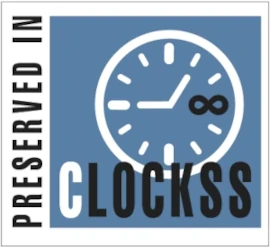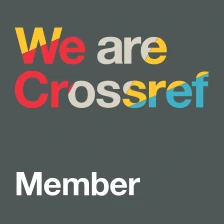The Myth of the ‘Ideal Offender’: Challenging persistent human trafficking stereotypes through emerging Australian cases
DOI:
https://doi.org/10.14197/atr.201222182Keywords:
offender stereotypes, ideal offender, trafficking narratives, coercive controlAbstract
Human trafficking and slavery offences are often constructed through prominent stereotypes of the ideal victim and the ideal offender. This article examines four common offender stereotypes created by representations of trafficking seen in the media, popular culture, government reports, and awareness campaigns, and challenges these stereotypes by comparing them with international and Australian research and statistics. This comparison demonstrates that the ideal trafficking offender is a myth that must be broken. To support this argument, the article explores two emerging Australian cases involving sexual exploitation and allegations of slavery and servitude that significantly depart from stereotypical representations of trafficking. This shows the limitations of offender stereotypes in explaining trafficking offences and demonstrates the need for greater emphasis on the role of coercive control in trafficking offences, the impact of trust and changing relationships, and the interrelationship of trafficking with domestic violence.
Metrics
Published
How to Cite
Issue
Section
License
Copyright (c) 2022 Anti-Trafficking Review

This work is licensed under a Creative Commons Attribution 4.0 International License.
The Anti-Trafficking Review has a policy of licensing under the Creative Commons Attribution License (CC-BY). Under the CC-BY license, the public is free to share, adapt, and make commercial use of the work. To protect our work and that of our authors, however, users must always give proper attribution to the author(s) and the Anti-Trafficking Review (i.e. with a complete bibliographic citation and link to the Anti-Trafficking Review website and/or DOI).
The Anti-Trafficking Review promotes the sharing of information, and we therefore encourage the reproduction and onward dissemination of articles published with us.








